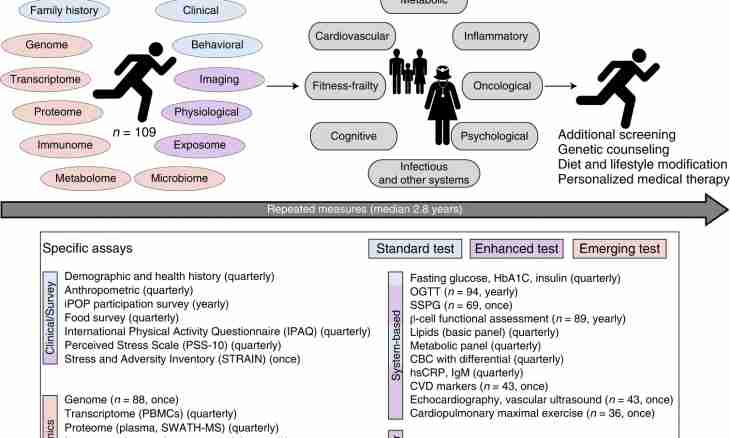Functional and semantic types of the speech allocate depending on the purposes of a statement and ways of statement. This narration, description and reasoning. Most often they are used in various combinations with each other, replacing and supplementing each other.
Narration
The narration represents the message about the actions or states developing in time. It is mobile type of the speech because provisional plans can constantly change at the narration. It is used for confirmation of a statement examples or in the analysis of situations. The task is to show events in their exact sequence. Speaking can be the participant of events, narrate from the third party or not mention information source at all.
To recreate dynamics of events, at the narration use many verbs. These verbs most often express specific actions and have different time. Words with value of time are applied to the same. The dynamic speech very effectively influences listeners. The concrete narration – about chronologically consecutive actions of some persons. An example – the judicial speech.
Generalized – about the specific actions inherent in many situations. An example – scientific statement. Information – about actions without specification and chronology. For example, retelling. A text fragment in style the narration: "Serri acted forward. Its first blow was too low, and Viktarion took away it. The second pleased on a helmet of the iron captain because he did not manage to lift a board. Viktarion answered with side-winder, and the white rose on a board of the opponent broke up in half with a loud crash".
Description and reasoning
The description as functional and semantic type of the speech gives an idea of any properties and qualities of an object. For this purpose its signs and characteristics are listed in the speech. Thus, there is a statement of the facts concerning an object or the phenomenon. Listeners in imagination have an accurate image of described. Descriptions differ among themselves on form and content. On syntactic structure the description most often represents transfer of words. It can be subjective or objective, developed or compressed. Often in it an assessment is given to the described subject or the phenomenon. The description is static or dynamic. A text fragment in style of the description: "On a floor instead of a carpet the old reed lay, furniture was obviously knocked together hastily. As a bed served the trestle bed with a hilly straw mattress". A reasoning – speech type in which objects and the phenomena are investigated. At the same time there is a disclosure of their signs and the proof of some provisions. All given judgments are connected among themselves logically, including the cause and effect relations. Arguing disproves them or provides proofs. Conclusions in a consecutive form which bring speaking to new judgment are as a result removed. Listeners are involved in this process, the reasoning is capable to draw effectively attention and to attract interest. Among themselves in a reasoning apply pretexts, adverbs, the unions to communication of parts. And also the phrases expressing cause and effect and other communications. A text fragment in style a reasoning: "Lack of conscience - sign of degradation. It is impossible to call the person of the one it is pleasant to whom to do the evil. The conscience is an internal judge of each person. Him it is impossible to deceive, escape from its punishment too".

